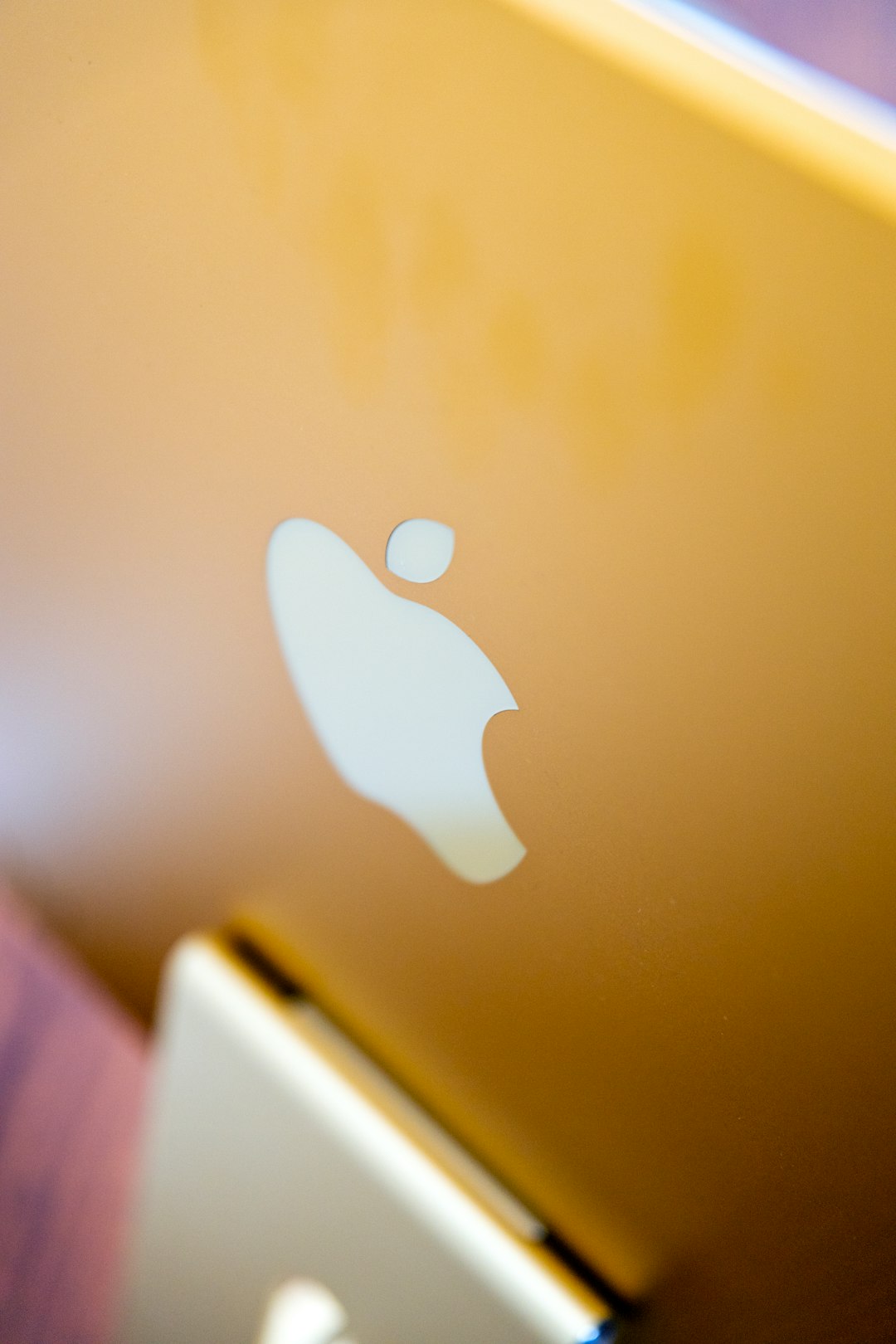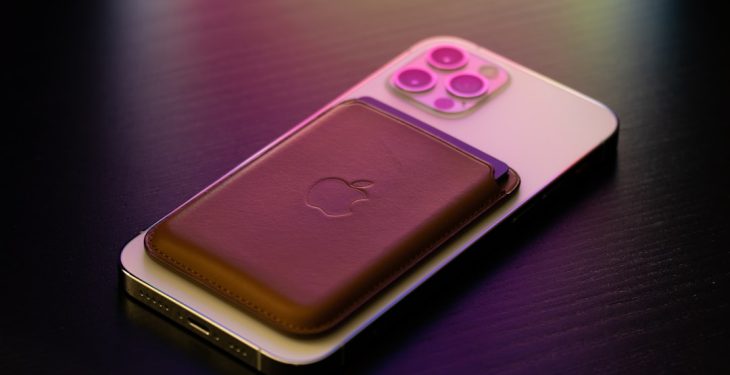Apple Pay has revolutionized how users handle financial transactions by allowing payments with just a tap on your iPhone, iPad, Apple Watch, or Mac. With multiple payment cards added to Apple Wallet, it’s common for users to want to switch their primary or default card. Fortunately, Apple has made it simple to change the default card, so you can easily manage your spending preferences without hassle.
Whether you prefer to use a different credit card for rewards, want to switch to a debit card for certain transactions, or simply replaced your old card, changing the default card in Apple Pay can be done in just a few steps. Here’s a straightforward guide on how to manage and update your default payment card on all your Apple devices.
Why Change the Default Card?
There are several reasons why someone might want to change their default card in Apple Pay:
- Better Rewards: Some cards offer better cashback or points for certain purchases.
- Expense Tracking: Users may want to keep business and personal expenses separate.
- New Card Issued: A card may have expired, been replaced, or upgraded.

How to Change the Default Card on iPhone and iPad
To change your default card for Apple Pay on your iPhone or iPad, follow these steps:
- Open the Settings app.
- Tap on Wallet & Apple Pay.
- Under the section labeled Transaction Defaults, tap on Default Card.
- Select the card you want to set as your new default.
Your selected card will now be the first one used each time you make a payment using Apple Pay, unless you manually choose a different one during a transaction.
Changing the Default Card on Apple Watch
You can also update the default payment card directly on your Apple Watch:
- Open the Watch app on your paired iPhone.
- Scroll down and tap Wallet & Apple Pay.
- Tap Default Card.
- Choose the card you want as the default option.
Now, every time you use Apple Pay on your Apple Watch, the new card will be used by default.
Change the Default Card on a Mac with Touch ID
If you use Apple Pay on a MacBook with Touch ID, you can change the default card by:
- Going to System Preferences.
- Clicking on Wallet & Apple Pay.
- Selecting your preferred default card from the list.
This update ensures seamless purchases on Safari and other supported apps and websites.

Tips and Troubleshooting
- Manually selecting a card: Even if you have a default card set, you can still choose a different one by tapping it in the Wallet app before paying.
- Card not appearing: If your card doesn’t appear in the list, ensure it’s correctly added to your Wallet.
- Default not updating: Restart your device if the default card doesn’t update immediately after changing settings.
Frequently Asked Questions (FAQ)
Can I have different default cards on different devices?
Yes, Apple allows you to have separate default cards for each device. You can choose one card for your iPhone, another for your Apple Watch, and a third for your Mac.
Does changing the default card remove my other cards?
No, changing the default card does not remove any cards from your Wallet. All your stored cards remain available for use.
How many cards can I add to Apple Pay?
You can add up to 12 cards on most newer devices, and up to 8 cards on older ones. However, this limit may also depend on your bank or card issuer.
How do I remove a card from Apple Pay?
To remove a card, simply go to Wallet & Apple Pay in your settings, select the card you want to remove, and tap Remove Card.
Do I need to reauthorize payments when I change the default card?
No. Each transaction with Apple Pay remains secure, and changing the default card will not affect previously set up security protocols like Face ID or Touch ID.
Changing your default card in Apple Pay is a quick and simple way to take control over your financial transactions. Whether you’re fine-tuning your expense tracking or optimizing rewards, Apple gives you the flexibility to pay your way.
